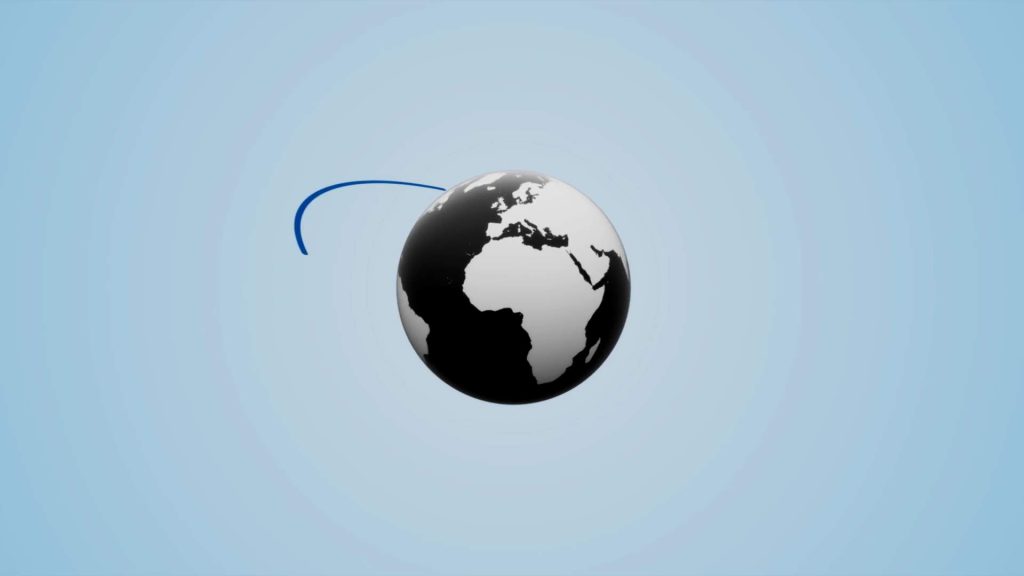
3D texturing is one of the most important steps in the CGI pipeline. It transforms a plain 3D model into a visually compelling asset by adding colors, patterns, materials, and fine surface details. Whether you’re working in gaming, film, product visualization, or motion graphics, mastering texturing is essential for achieving realism and style.
In this guide, we’ll break down what 3D texturing is, how it works, and the best practices to help you create stunning digital surfaces.
Motion Bank 21
WWhat Is 3D Texturing?
3D texturing is the process of applying 2D images (textures) to a 3D model to define how it looks.
Textures control everything from:
- Color and patterns
- Surface roughness
- Metalness
- Normal details
- Bumps and scratches
- Transparency or emission
Without texturing, even a beautifully modeled object appears flat, plastic, and unrealistic.
Why Is 3D Texturing Important?
3D texturing brings life and emotion to a model. It communicates the material qualities and story of an object.
A well-done texture can:
- Make a model look realistic and believable
- Highlight surface imperfections that enhance detail
- Define age, weathering, and history of an asset
- Improve the visual quality of animations, games, and renders
- Match industry standards for PBR workflows
Whether it’s skin pores on a character, rust on a metal pipe, or fingerprints on glass, texturing is what makes the viewer say, “Wow, that looks real.”
How the 3D Texturing Process Works
1. UV Unwrapping
The first step is flattening your 3D model into 2D space.
Good UVs ensure:
- Clean seams
- Even texel density
- Minimal stretching
- Efficient texture painting
A bad UV map will ruin even the best texture work.
2. Baking Maps
Before painting, various mesh information is baked into texture maps:
- Normal maps
- Ambient occlusion (AO)
- Curvature maps
- ID maps
These serve as guides for adding realistic detail.
3. Painting or Applying Textures
Texturing can be done through:
- Procedural texturing (mathematical patterns from nodes)
- Hand-painting
- Photo-based texturing
- Material libraries
Popular software makes this process easier with layers, brushes, smart masks, and generators.
4. Creating PBR Materials
Modern texturing is based on PBR (Physically Based Rendering).
A standard PBR material includes:
- Base Color (Albedo)
- Roughness
- Metalness
- Normal Map
- Height / Displacement
- AO (Ambient Occlusion)
- Emissive (optional)
PBR ensures your asset looks consistent across all render engines and real-time environments.
5. Exporting and Rendering
Textures must be exported in the right format and resolution for the target platform:
- Games → optimized 2K or 4K maps
- Film → high-resolution UDIM workflows
- Motion graphics → flexible depending on scene scale
Correct exporting prevents artifacts and keeps performance smooth.
Popular Software for 3D Texturing
Here are the most commonly used tools:
- Substance Painter – Industry standard for PBR texturing
- Substance Designer – Procedural material creation
- Blender – Free hand-painting and node workflows
- Mari – High-end film texturing (UDIM heavy)
- Photoshop – Detail painting and texture editing
- Quixel Mixer – Free material mixer with Megascans library
Each offers unique strengths depending on your workflow.
Best Practices for High-Quality Texturing
To create professional-grade textures, follow these essential tips:
- Keep your UVs clean and proportional
- Use high-quality reference images
- Avoid over-saturating colors
- Add subtle imperfections (dust, scratches, fingerprints)
- Layer your materials instead of relying on one base texture
- Check your textures under different lighting conditions
- Match real-world material properties
Realism comes from details—but also restraint.
3D Texturing in Games vs Film
Games
- Highly optimized
- Lower texture resolution
- Efficient UV packing
- Real-time constraints
Film/VFX
- Extremely high detail
- Multi-tile UDIM workflows
- Complex shader networks
- Longer render times allowed
Understanding the target platform is key to choosing the right texturing approach.
The Future of 3D Texturing
AI and machine learning are revolutionizing texturing with:
- AI-generated materials
- Automatic texture cleanup
- Automated UV unwrapping
- Smart material suggestions
- AI-based upscaling and enhancement
Still, the artist’s eye remains irreplaceable—AI just speeds up the workflow.
Conclusion
3D texturing is a core skill that defines the final look of every digital asset. From UVs to PBR materials, every step contributes to realism and style. Whether you’re creating game props, characters, environments, or product renders, mastering texturing will elevate your work to a professional level.

